10 October 2019 would mark the 75th anniversary of the death of my uncle, PFC Robert A. Gaulke, a medic in the 88th “Blue Devils” Division and the only close relative I know of who died in WW2. Given the anniversary, it was time that my family and I learn more about him; and I wanted to commemorate his service with a Facebook page titled “Rediscovering PFC Robert Gaulke.”
Bob was born in and lived in Barrington, Illinois. He was the oldest of ten children, five boys and five girls. He graduated from Barrington High School in 1940 and was an avid baseball player. Before entering military service, he was working at the Barrington Laundry.
Bob entered the Army on 25 February 1943, and he ended up being trained as a medic. He ultimately was assigned to Co. C, 313th Medical Battalion, 88th Division. The “Blue Devils” Division was an all-draftee division that would spend its entire fighting career in Italy; arriving at Naples on 6 February 1944. After a few weeks of combat training, its first elements would enter the line at Monte Cassino on 27 February 1944.
In spite of Mussolini’s overthrow in July 1943 and Italy’s surrender to the Allies in September 1943, Hitler had no intention of withdrawing German troops from Italy and opening his back door to enemy forces. Thus, the fighting between Allied and German forces in Italy was especially intense; with the Germans taking full advantage of the mountainous terrain and retreating only when forced to by superior pressure. The fighting is immortalized in the solders’ song titled D-Day Dodgers. (Numerous versions of this song can be easily found on YouTube.) One can only imagine the horrors of being a medic under combat in these conditions.
Bob was killed on 10 October 1944 during an assault against the Livergnano Escarpment south of Balogna, Italy. (See map.) The location of his death was listed as Sant’Appollinare, a hamlet situated between Sassoleone and Gesso, some 15-20 miles southeast of Balogna.
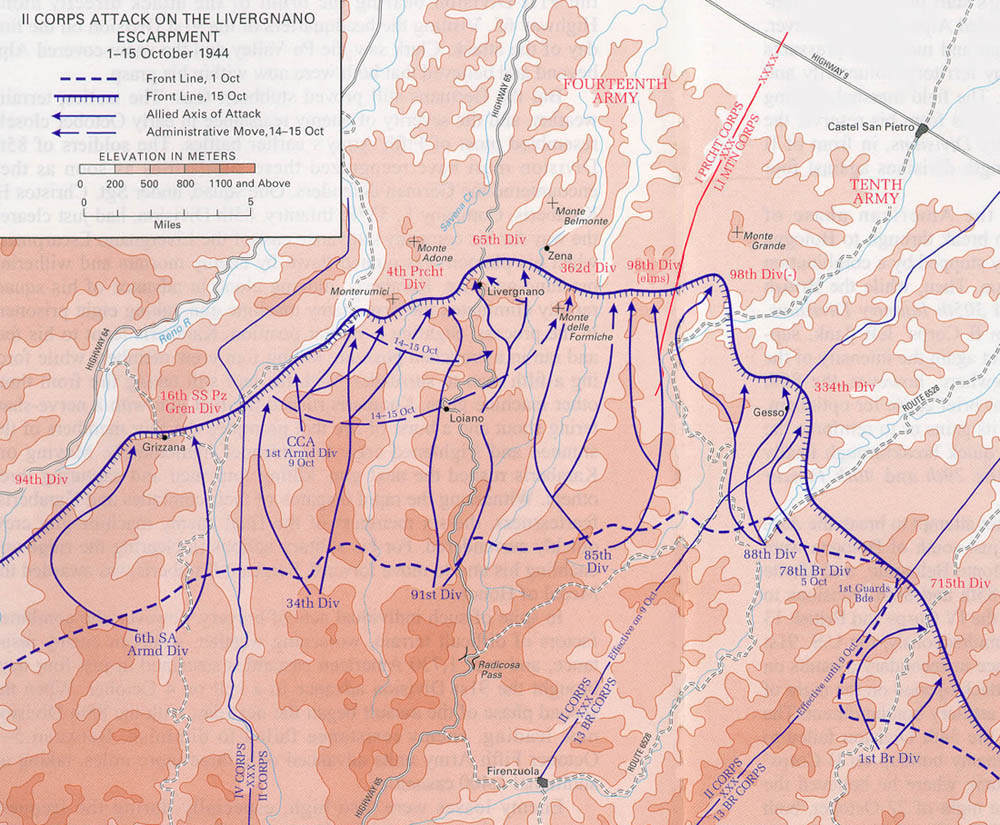
Like so many soldiers, he would be initially buried close to where he fell; then amalgamated into a larger American cemetery; then finally returned home. He was ultimately buried in St. Paul’s Cemetery in Barrington, Illinois on 24 February 1949—more than four years after his death. Given his young age, Bob was never married.
The Rediscovery
Piecing together Bob’s life would involve gathering clues from several sources; starting with my father.
In 1998 my father and I took part in a WW1 battlefield tour and met British historian Neil J. Wells on that tour. Over the next several months, Mr. Wells wrote several letters, seeking information on Robert A. Gaulke on behalf of my father. Neil was able to obtain Bob’s Individual Deceased Personnel File (IDPF) from the Department of the Army. He also provided key information from reference books in his collection on the war in Italy, and he contacted the President of the 88th Infantry Division Inc. Assoc. Unknown to me because I was no longer living with my parents, all the information Neil collected was sent to my father in 1999. It was only after I told my father of my efforts to rediscover Bob Gaulke in 2019 that we began rifling through his files.
Other relatives would provide key assistance too. Cousin Barbara (Gaulke) Sullivan would provide old newspaper articles, letters from Bob and other documents that her parents (my aunt and uncle) had saved over the years, and Cousin Julie (Greenwood) Cole would provide great photographs of the Gaulke kids growing up in the 1920s and 1930s.
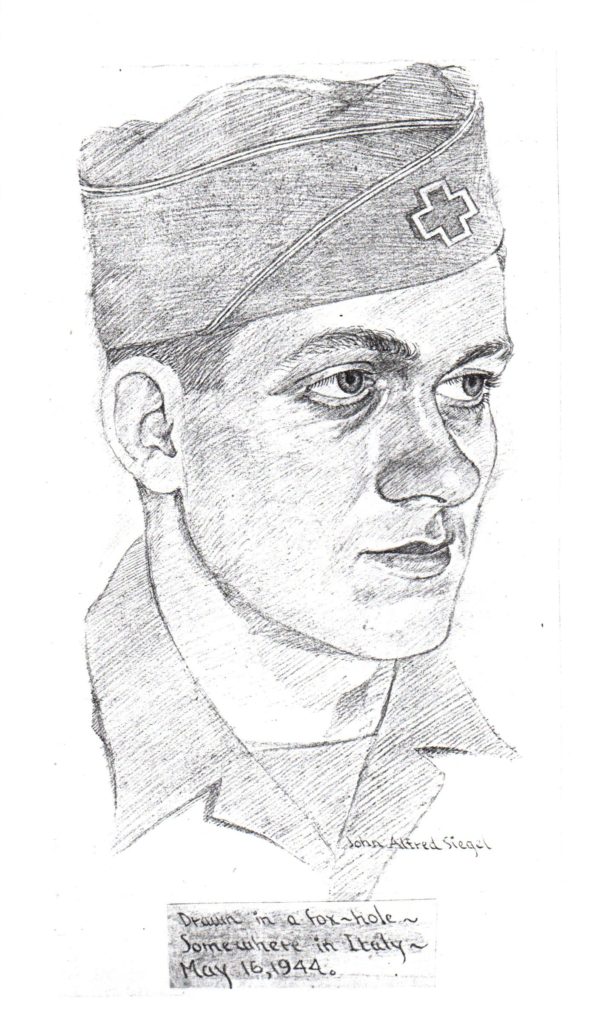
Then there was a sketch of Bob’s face, drawn somewhere in Italy and dated May 16, 1944 by artist John Alfred Siegel. Aunt Carol Gordon recalled that John Alfred Siegel sent this photograph to Bob’s mother at some point during the war. It ultimately ended up in the hands of Bob’s brother, Rollin, who was a printer; and he made copies of it for each of the surviving Gaulke children, including my father. A quick Google search of John Alfred Siegel revealed that he was a Detroit-area artist, zoo-keeper and zoo display artist—and he had been a medic in the 88th Infantry Division! (https://www.mrisar.org/honorary-team-member-john-alfred-siegel.html.) I was able to chat with his son, who now lives in North Dakota, about his father’s drawings and war-time experiences. His son had never seen this sketch, because the artist sent it directly to Bob’s mother.
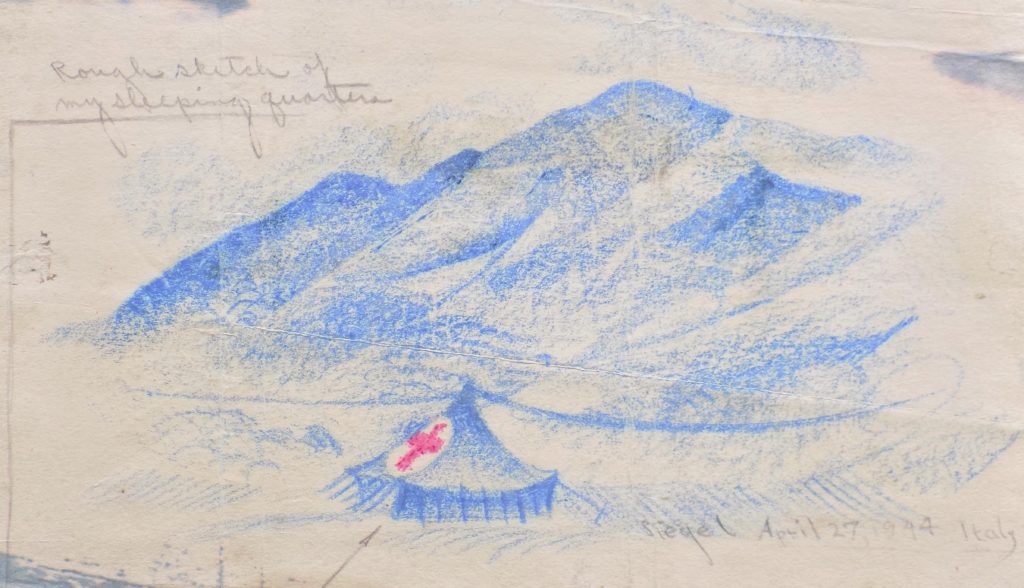
The Barrington Area Public Library was also able to provide some information, including old newspaper headlines and certain Fold 3 documents. During WW1 and WW2 many libraries actively maintained files on local servicemen and women—an often-over-looked source of information.
Finally, in September 1999 and after Neil’s letter writing campaign my father received a letter from now-deceased Robert Demperio of Winter Haven, Florida. Mr. Demperio had been a medic in C Company. Seeing a request for information in the division association’s newsletter, he sent a war-time photograph of five medics, including Bob, relaxing in the sunshine to my father!
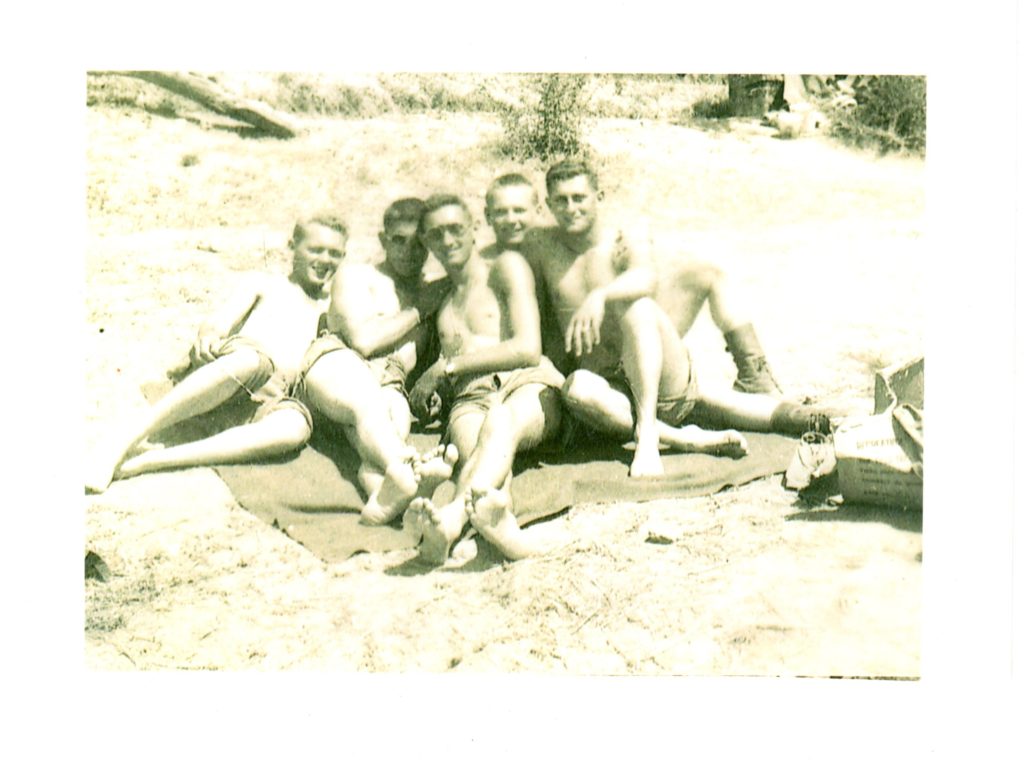
Armed with all of this, we were finally able to piece together the story of Robert A. Gaulke’s short life and publish it in the form of a Facebook page, “Rediscovering PFC Rober Gaulke.” If you wish to see more, please turn to that Facebook page.
#kneedeepintohistory #meuseargonne #ww1tours #ww2tours #battlefieldtours #kdih
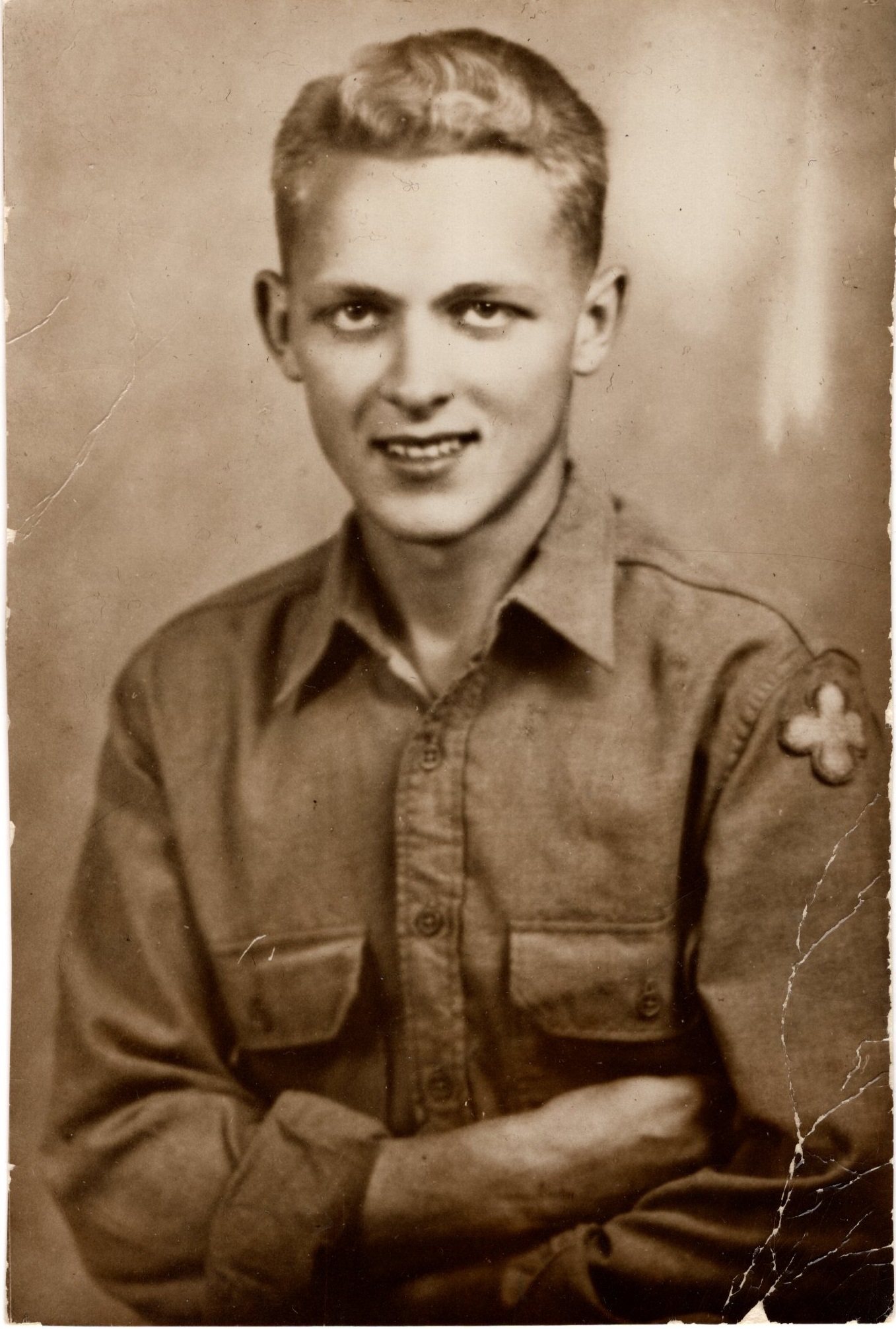
Have you obtained his Individual Deceased Personnel File (IDPF). That would have more details. I can send instructions with the applications and will assist you in completing it.
I have. Thank you!